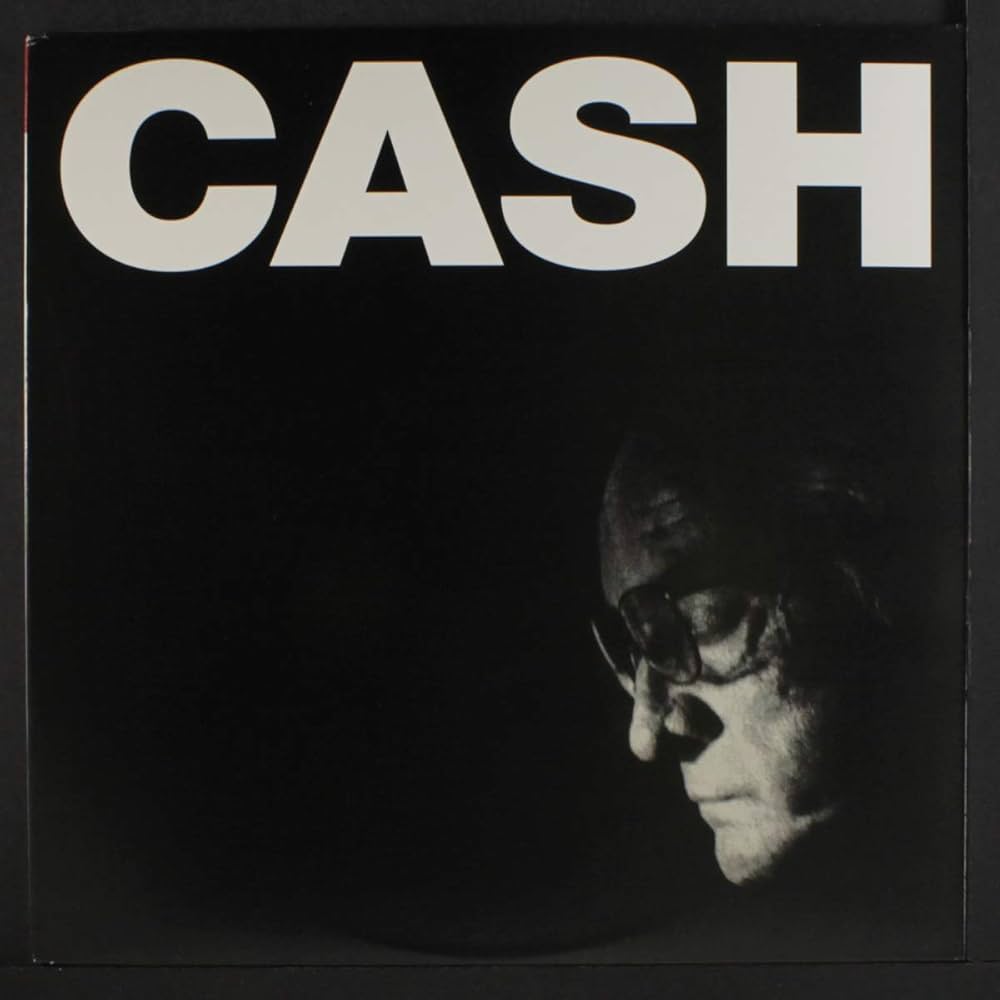
Comeback albums carry more weight than debut records ever could. Artists returning from hiatus face skeptical audiences, changed musical landscapes, and the impossible task of proving their relevance again. Some nail the landing with career-defining masterpieces that eclipse their original success. Others crash spectacularly, becoming cautionary tales about chasing past glory. These nine albums represent both extremes — triumphant resurrections and painful reminders that not every artist can pull off a second act.
9. This Is Me Now – Jennifer Lopez

Jenny from the Block tried to prove she was still that girl in 2024. Jennifer Lopez’s return after a decade-long absence promised mature artistry from the Bronx icon. Despite massive promotional campaigns including Prime Video films, the album sold just 14,000 copies in its first week.
The numbers tell the brutal story. “This Is Me Now” peaked at #38 on the Billboard 200 — her lowest chart debut ever. Critics weren’t buying the Ben Affleck-inspired romance narrative. Lopez’s $20 million self-financed multimedia project became a cautionary tale about miscalculating public interest in personal relationships.
8. Rainbow – Kesha
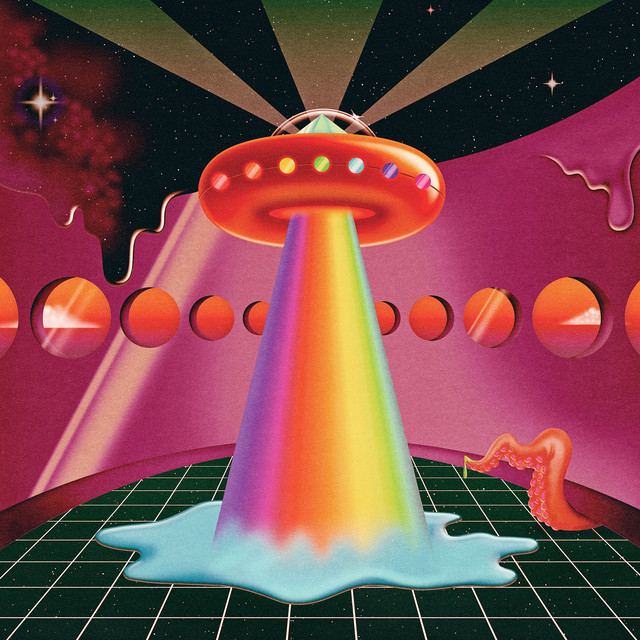
Pop stars face brutal typecasting that makes artistic growth nearly impossible. Kesha demolished those expectations with “Rainbow,” trading party anthems for raw vulnerability. After five years away fighting legal battles with Dr. Luke, her comeback hit #1 on the Billboard 200 with 117,000 equivalent units.
“Praying” showcased vocal power nobody knew existed beneath the glitter. The album moved 90,000 pure sales in its first week — impressive numbers for 2017. Critics praised her courage to reveal emotional depth. “Rainbow” earned platinum certification and proved that surviving trauma can fuel genuine artistic evolution when authenticity drives the process.
7. Britney Jean – Britney Spears
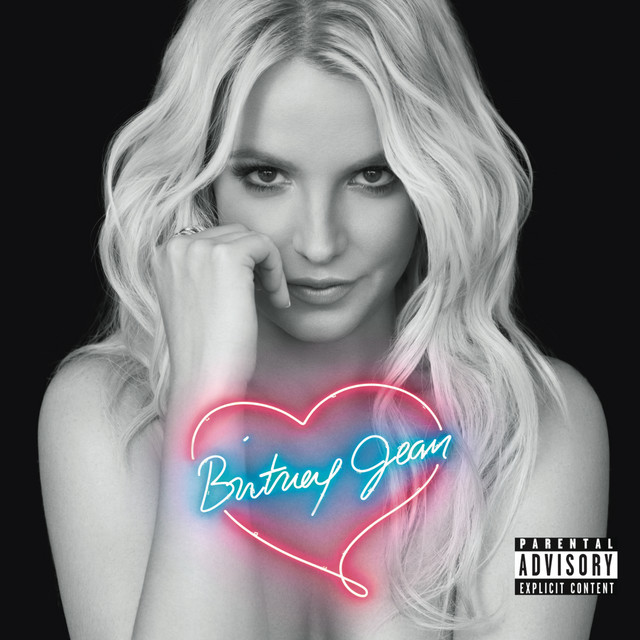
Spears promised her most personal album in 2013. Marketing emphasized vulnerability and honest storytelling from pop’s most scrutinized figure. The reality delivered generic dance tracks with heavy producer fingerprints obscuring any authentic emotion.
Loneliness themes felt recycled from “Lucky” without fresh perspective. Critics called it soulless, missing the promised intimacy entirely. The album became Spears’ lowest-selling and worst-reviewed release. Creative control concerns overshadowed any musical merit, raising questions about her artistic autonomy.
6. Circus – Britney Spears

Mid-2000s meltdowns nearly ended Spears’ career before “Circus” revived her pop throne. The album delivered classic Britney energy with knowing self-awareness about her tabloid persona. “Womanizer” and “If U Seek Amy” packed infectious hooks with tongue-in-cheek humor.
Electronic beats provided familiar territory while clever wordplay showed artistic growth. Critics praised the confident swagger that transformed crisis into comeback gold. This album proved that embracing your reputation rather than running from it can spark creative renewal.
5. In My Defense – Iggy Azalea
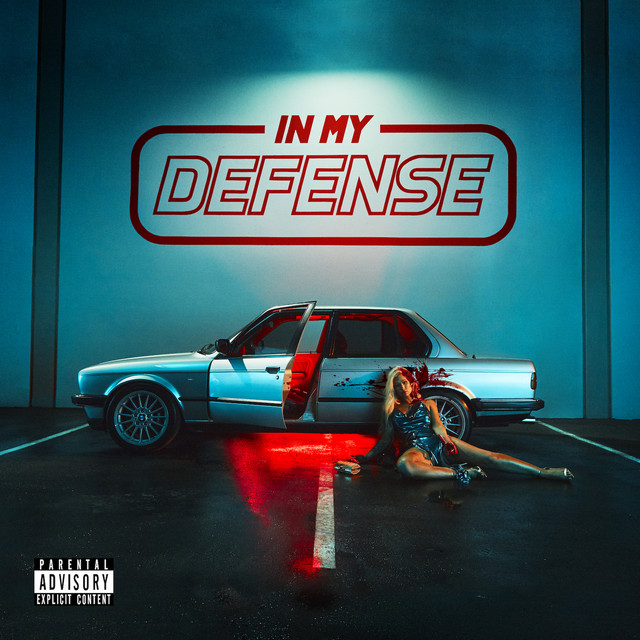
Past success creates dangerous expectations for struggling artists. Azalea’s 2019 independent release “In my Defense” aimed to recapture her 2014 breakthrough momentum. Cultural appropriation controversies had damaged her credibility, making authenticity crucial for any comeback attempt.
The songs felt disconnected from her established persona. Hardened lyrics didn’t match public perception of her artistic identity. Without major label support or genuine passion, the album failed to reignite commercial interest. Azalea’s comeback attempt highlighted how perception problems require more than new music to solve.
only thing it’s missing. What path will Azalea take next? Is she too far gone for a comeback?
4. 143 – Katy Perry

Perry’s return started with immediate backlash over lead single “Woman’s World,” which peaked at just #63 on the Hot 100. The album debuted at #6 on the Billboard 200 with 48,000 equivalent units — her worst opening since 2008. Despite releasing 13 different physical variants, “143” fell off charts within two weeks.
Her decision to work with controversial producer Dr. Luke despite ongoing accusations alienated potential supporters. The album felt like recycled ideas from her imperial phase without evolutionary growth. With streaming contributing only 13.11 million plays, audiences had clearly moved beyond her candy-pop aesthetics.
3. The Emancipation of Mimi – Mariah Carey
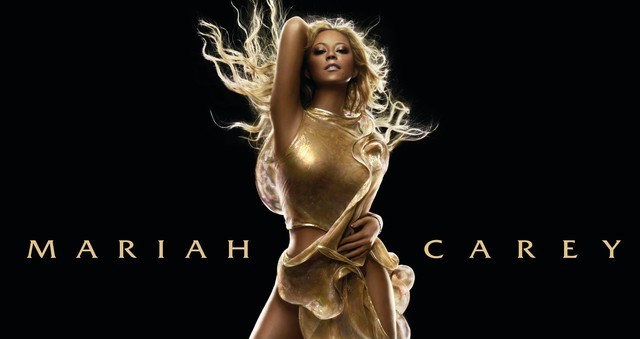
Career resurrection requires strategic brilliance and undeniable talent. Carey’s film failure had sidelined her musical relevance before “Mimi” restored her commercial dominance. The album debuted at #1 on the Billboard 200, marking her triumphant return to chart supremacy after years of declining sales.
“We Belong Together” spent 14 weeks at #1, becoming the longest-running chart-topper of 2005. The album moved over 400,000 copies in its first week alone. Rolling Stone later included the album among their 500 greatest releases. This masterclass in reinvention proved that talent plus smart positioning equals comeback gold.
2. Hard to Swallow – Vanilla Ice
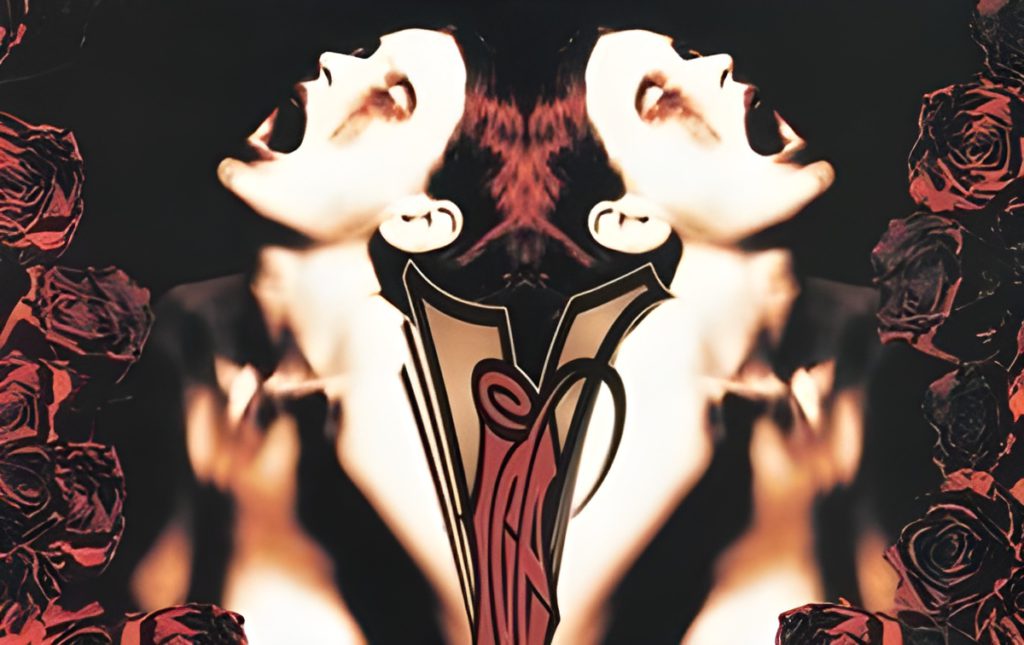
Reinvention attempts can backfire spectacularly without authentic artistic vision. Vanilla Ice’s rap-metal pivot represented desperate image rehabilitation rather than natural evolution. His bubblegum pop past conflicted sharply with the aggressive hardcore sound he adopted.
Angry posturing felt forced coming from the “Ice Ice Baby” performer. Critics and audiences rejected this obvious attempt to chase alternative rock trends. The album title became an unintentional metaphor for how poorly conceived comebacks land with skeptical listeners.
1. Private Dancer – Tina Turner
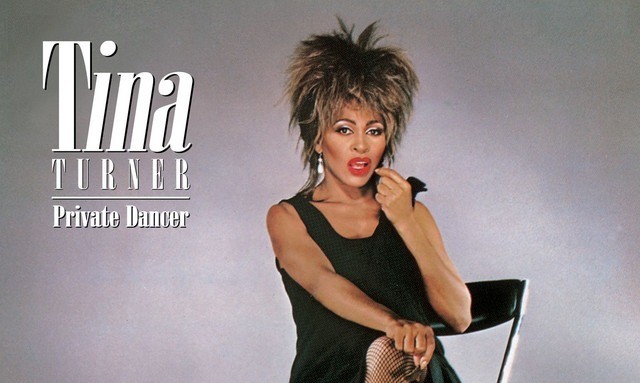
Turner’s comeback defines successful artistic resurrection. Escaping Ike Turner’s abuse left her career in novelty act territory before Capitol Records took a chance. “Private Dancer” delivered wall-to-wall excellence that reminded everyone why her voice mattered, selling over 10 million copies in the US alone.
“What’s Love Got to Do with It” became her defining anthem, spending three weeks at #1 on the Hot 100. The album dominated for 141 weeks on Billboard charts while earning multiple Grammy wins. Turner transformed personal survival into artistic triumph, creating one of music’s greatest second-act success stories that generated over $200 million worldwide.







